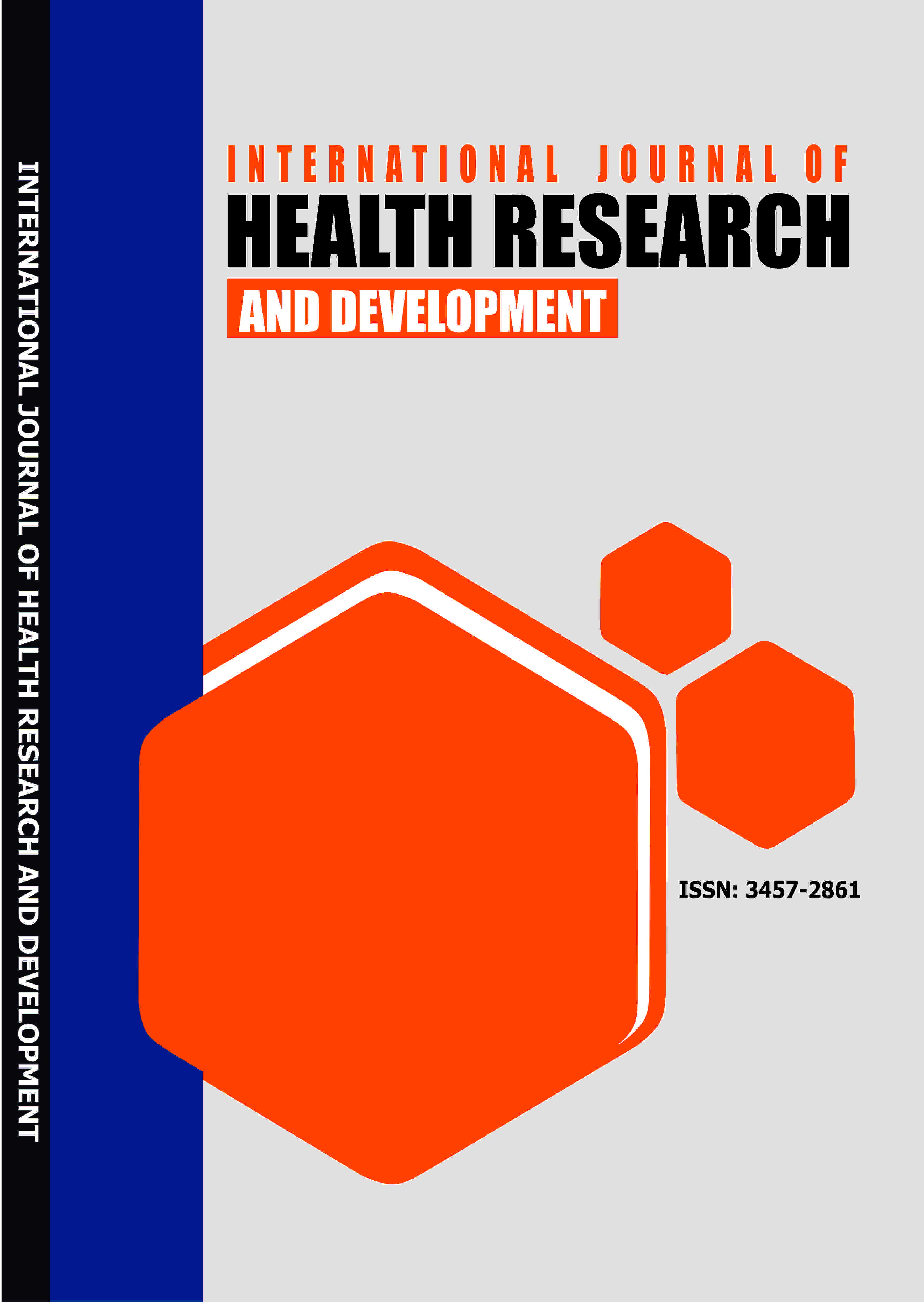INTERNATIONAL JOURNAL OF HEALTH RESEARCH AND DEVELOPMENT (IJHRD)
RESISTANCE, PHYLOGENETIC ANALYSIS OF PATHOGENIC ESCHERICHIA COLI IN HUMAN ISOLATE AND THEIR SENSITIVITY WITH PLANT EXTRACTS
E-ISSN: 7883-6773
P-ISSN: 3457-2861
DOI: https://iigdpublishers.com/article/97
19 human stool samples were investigated for E. coli pathoyping, phylogenetic analysis, antibiotic resistance pattern, and photosensitivity. 78.94% of samples have the presence of the uspA gene of E. coli. Pathotypes revealed 33.33% Enteropathogenic E. coli (EPEC), 6.66% Enterotoxigenic E. coli (ETEC), but none of the isolates was found positive for EIEC. Phylogenetic markers grouped as (A, B, and D), which were belonged to the D2 group in 40% isolates, 40% isolates belonged to the B group and 20% belongs to the A1 group. Resistances to standard antibiotics/antibacterial were observed with cefixime and cefotaxime 93.33%, 86.66% ceftriaxone and 60% cefepime, 93.33% methicillin, furazolidone (26.66%) and nitrofurantoin 73.33%, sulphadiazine 93.33%,co-trimoxazole 86.66% and trimethoprim 60%, doripenem 46.66%, meropenem and ertapenem 20%, amoxicillin/clavulanic acid, tetracycline and (gatifloxacin) 66.66%, and chloramphenicol 13.33% in human E. coli isolates. Antimicrobial activity with plant extracts (Vitex nigundo, Acacia leucophloea, and Catharanthus roseus) observed at 62.5 mg/ml to 500 mg/ml against the resistant pathogenic isolates. Vitex nigundo were found as the most effective plant extract in ETEC (lt) and EPEC (eae) with a range of
zone of inhibition (10-19) mm; and Acacia leucophloea with EPEC (bfpA) exhibited zone of inhibition of (10-17) mm, whereas Catharanthus roseus has poor antimicrobial activity with zone of inhibition of 11 mm or below. This study indicated the higher resistance in E. coli with sulfonamide, tetracycline, and cephalosporin in human kids and the potential of plant extracts for their anti-E. coli activity under in vitro experiments.
Geetika Gupta & Ashok Kumar
UNICEF, WHO. (2016). “Diarrhoea remains a leading killer of young children, despite the availability of a simple treatment solution.” UNICEF data: monitoring the situation of children and women.
World Health Organization. (2017). Diarrhoeal disease. Geneva: World Health Organization,.
Clermont, Olivier, Stéphane Bonacorsi & Edouard Bingen. (2000). “Rapid and simple determination of the Escherichia coli phylogenetic group.” Applied and Environmental Microbiology, Vol. 66, No. 10, pp. 4555-8.
Kalantar, Enayatolah, et al. (2013). “Antibiotic resistance patterns of STEC and ETEC strains: a study on frozen foods of animal origin and children with acute diarrhea.” Journal of Microbiology and Infectious Diseases, Vol. 3, No. 1, pp. 31-5.
Duriez, Patrick, et al. (2001). “Commensal Escherichia coli isolates are phylogenetically distributed among geographically distinct human populations.” Microbiology, Vol. 147, No. 6, pp. 1671-6.
